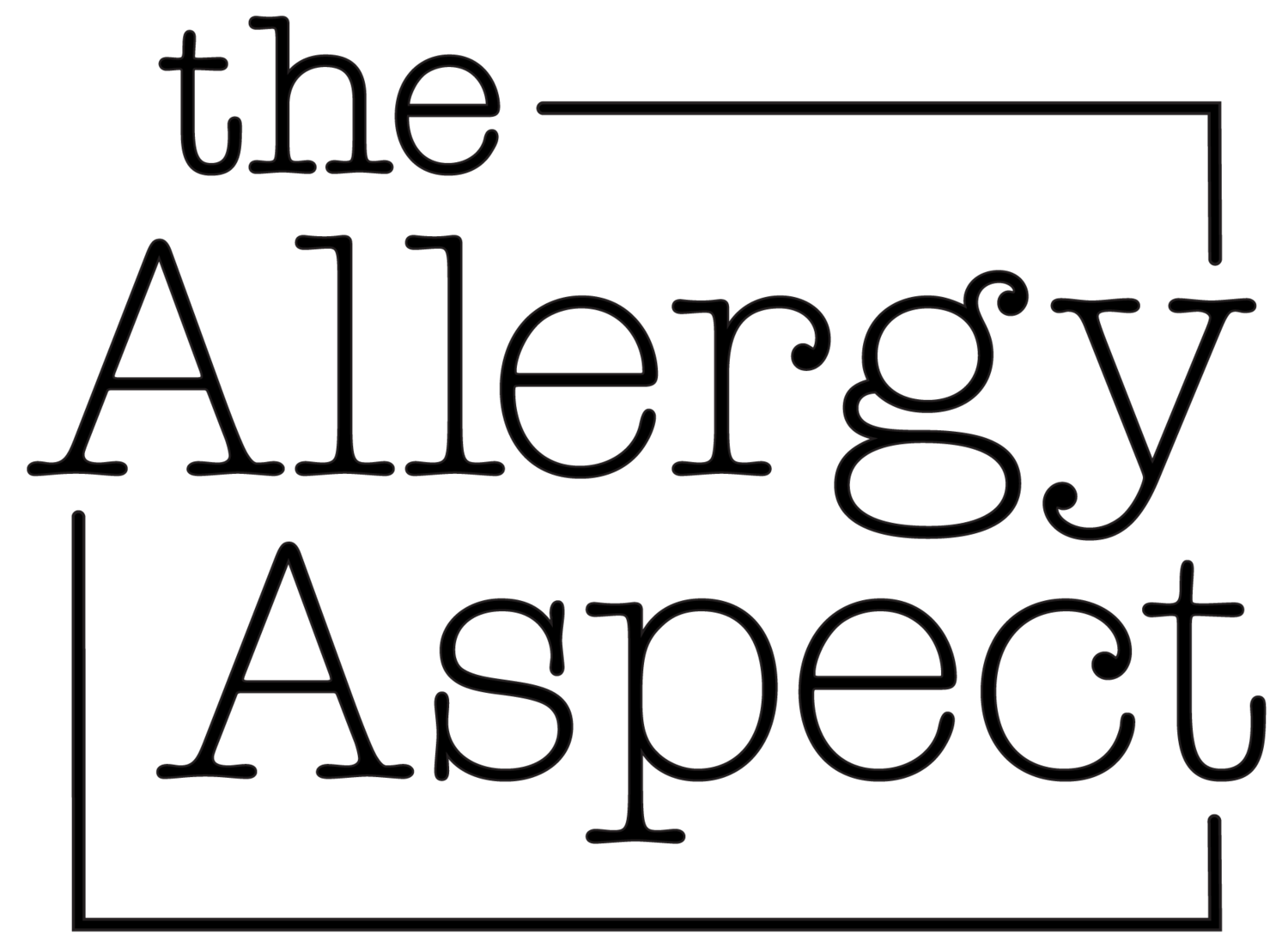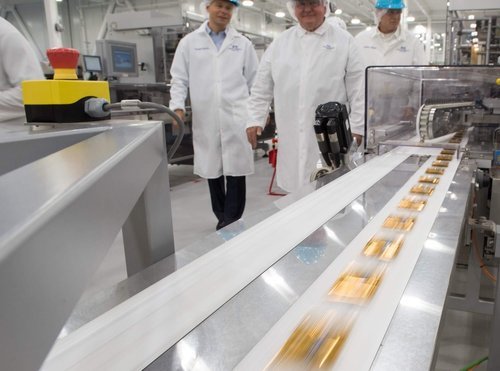Becoming Familiar with Food Manufacturing
Growing up with a father who was a bakery engineer for the food manufacturing giant Nabisco (think Oreos, Ritz, etc.), it was kind of ironic that our first child was allergic to so many foods. He couldn’t eat a single Nabisco product that I enjoyed growing up. When I was a kid my father often brought home sample products from bakery lines that he was building. He’d search for ways to adjust the machinery and ovens to produce the most perfect cracker or cookie.
When food manufacturers are mass-producing products, the uniformity of the final product is the goal. The process must be repeatable so that the item that goes into the packaging at the end of the line looks identical, with the same ingredients, every single time. It is in the manufacturer’s best interest to ensure uniformity, but they still need to ensure that their safety practices are strong and the ingredients that are listed on the package are indeed what was used to prepare the item. Beyond their own desire for uniformity, there are limited regulations governing these practices.
US Federal law mandated in 2006 that all packaged goods containing the top 8 most common food allergens - milk, egg, wheat, soy, fish, shellfish, peanut, or tree nut - be clearly labeled, declaring the presence of these allergens. However, the law does not mandate labeling if there is a chance of cross-contact with allergens. It’s important to emphasize that manufacturers can voluntarily choose to include a precautionary statement, or warning label, on their packaging, but these are unregulated.
Work continues to be pursued in Washington DC by lobbyists and community advocates to pass more laws to improve allergen labeling. One example is the FASTER Act, which requires food manufacturers to also label for sesame that began as of January 1, 2023. A big step in the right direction for the allergy community — we thought. While efforts to ease the presence of sesame were long and hard fought, many manufacturers took the opposite position and began adding sesame to ease meeting the requirements of the change. Ultimately making the lives of those managing food allergy avoidance that much harder.
In addition to checking labels every time we purchase an item — For new items, if the ingredients check out as safe, and find the information is confirmed online, I will still contact the manufacturers directly. Even with items we have purchased before, I get uncomfortable when a brand updates their packaging, as I start to question what else changed with the product. A major red flag goes up, and I pick up the phone and ask questions. It’s especially important for my son to learn from this as he continues to become more independent.
It’s not uncommon for a food manufacturer to state that certain ingredients are ‘proprietary’ and they are unable to share the exact ingredients (think of the ambiguous words ‘flavoring’ or ‘spice’). I have found that if I give the customer service representative the list of allergens we avoid, they can confirm the ingredients or if there is any chance of cross-contact, especially with the lesser common food allergens, which is helpful. But there are manufacturers who won’t share or confirm an ingredient. If that is the case, we don’t eat it.
Taking a tour of a food manufacturing facility is a great way to become a bit more comfortable with the way packaged foods are produced. With a background in brand management, I was fortunate to work for a few allergy-friendly brands, including Enjoy Life Foods, when I was struggling to feed my food allergic son as a toddler. Seeing first-hand how Enjoy Life Foods operated their facility made me feel comfortable and confident in the safety of the products. With all the foods we were avoiding, Enjoy Life Foods items were the only thing, at the time, we could purchase off the shelf that was safe for my son to eat. It was life-changing and eye-opening to know that manufacturing food safely was definitely possible.
I’ll share more soon about why we don’t shop at certain food stores, in the meantime…
You can check out a manufacturer’s site or call their customer service number to find out if they offer tours. I’ve included a short list of manufacturers that have facility tour information currently available online. Not everyone lives near food manufacturers, but before your next road trip or vacation remind yourself to check out if you might be near a food manufacturer to visit. It’s an eye-opening experience.
Jelly Belly, Fairfield, CA
PEZ Candy, Orange, CT
Snyder’s of Hanover, Hanover, PA
Utz Snacks, Hanover, PA

